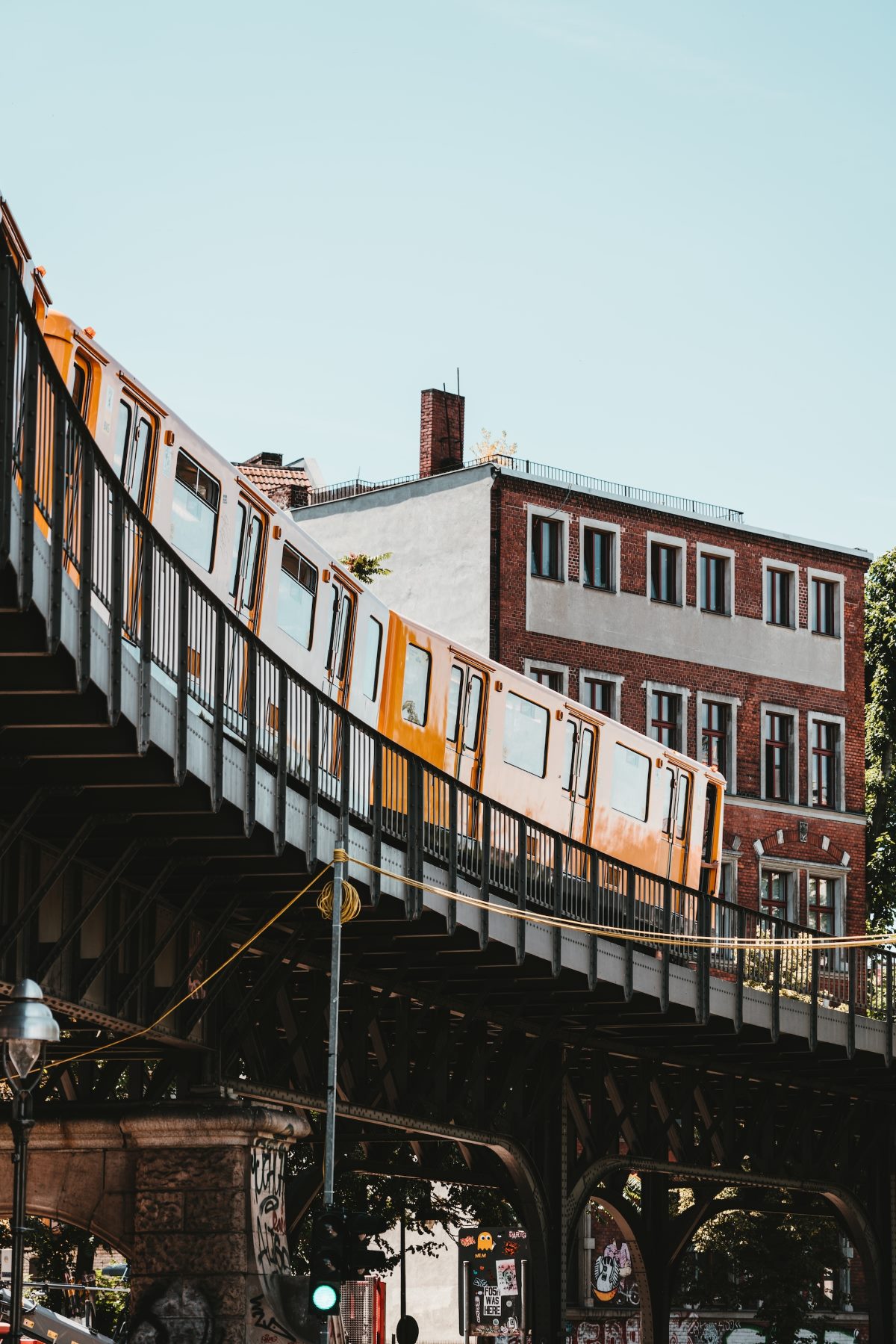When it comes to the history of the 20th century, one event stands as a powerful symbol of the division between East and West: the Berlin Wall. Built in 1961, the wall physically separated Berlin into two parts, reflecting Cold War tensions between the Soviet Union and the United States. But how did the world view this immense structure and its impact on the German capital? Let’s explore the different perspectives that shaped perceptions of the Berlin Wall.
The Wall’s Construction
The construction of the Berlin Wall was met with a mix of shock, concern, and outrage from the international community. While there was a recognition of the East German government’s desire to prevent mass emigration, the suddenness and brutality of the wall’s erection shocked many. The Western world saw it as a symbol of oppression and a physical manifestation of the division of Europe.
The Western Perspective
From a Western perspective, the Berlin Wall was a glaring symbol of communist oppression. The wall separated families, friends, and a city that had been unified for centuries. It became a tangible reminder of the restrictions and limitations under Soviet control. Western media often portrayed the wall as a symbol of the failure of communism and the repression of basic human rights.
The Impact on Westerners
For Westerners, the Berlin Wall represented an affront to personal freedom and the will of the people. It influenced public opinion and political decisions as the West rallied in support of a unified Germany and the dismantling of the wall. Political leaders, such as U.S. President Ronald Reagan, famously declared, “Mr. Gorbachev, tear down this wall!” in a speech that epitomized the Western stance on the issue.
The Eastern Perspective
On the other side of the Iron Curtain, the Eastern Bloc countries and the Soviet Union presented the construction of the Berlin Wall as a defensive measure against Western aggression. They argued that it was necessary to prevent capitalist influences from infiltrating East Germany and destabilizing the socialist system.
Securing Communist Ideals
The Eastern perspective painted the wall as a protective barrier, shielding the East German people from the perceived dangers of capitalism and imperialism. The East German government presented the wall as a means of safeguarding their socialist ideals and the progress they had made towards building an equitable society.
The Global Impact
The Berlin Wall had a profound impact on the global community. It intensified Cold War tensions between the United States and the Soviet Union, with the division of Berlin serving as a constant reminder of the ideological and political standoff between the two superpowers.
Symbol of Division
Internationally, the Berlin Wall became an enduring symbol of the divided world. It epitomized the struggle between communism and capitalism, symbolizing the conflict that defined the second half of the 20th century.
Peaceful Protest and Reunification
The fall of the Berlin Wall in 1989 represented hope and a turning point towards peace and reunification. It signified the end of an era of division and oppression. The imagery of people peacefully tearing down the wall resonated around the globe and served as a testament to the power of unity and the human desire for freedom.
Conclusion
The perceptions of the Berlin Wall varied greatly depending on one’s political stance and geographic location. For the West, it was a symbol of oppression and division, while the Eastern Bloc saw it as an essential defensive measure. Ultimately, the fall of the wall marked a triumph of unity over separation, leaving a lasting impact on the world and a reminder that walls cannot contain the human spirit.

